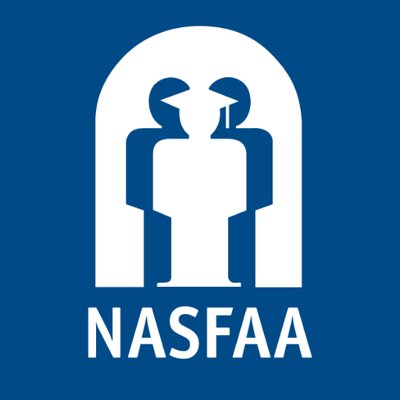
Inside Higher Ed.
August 30, 2023 Research, Student Success
A report by Lumina Foundation and Gallup shows that higher education offers numerous benefits beyond employment and earnings. A study revealed that individuals with higher education show more positive outcomes, with 92% graduate degree holders voting in federal elections, compared to 59% of those without postsecondary education. Although correlation doesn’t mean causation, the main challenge lies in convincing people to attend college for non-fiscal factors.

Higher Ed. Dive
July 18, 2023 Student Success, Value and Affordability
Over 425 free college programs now exist in the U.S., a rise from 53 in 2015. Students still face nontuition expenses that most free programs don’t cover. College Programs and ETS identified different student groups needing varying types of support. Institutions should understand diverse student needs and provide appropriate assistance, such as academic and personal advising.

Inside Higher Ed.
July 17, 2023 Student Success, Value and Affordability
The Biden administration has announced plans to forgive $39 billion in student loans, impacting 804,000+ borrowers. This first group of borrowers who will see relief include those who have made enough payments over 20 to 25 years to see the rest of their balances wiped out. The department will continue to track borrowers who reach the forgiveness thresholds every two months until next year. Potential additional future fixes to the income-driven repayment program will offer more generous terms for borrowers and more pathways to forgiveness.

University Business
June 22, 2023 Admissions, Student Success, Value and Affordability
A report from The State of Higher Education 2023 found that the cost of a degree was the main impediment to adult enrollment in college. As a result, several colleges, universities, and systems have approved tuition freezes to offset burdening students financially. However, most public institutions cannot afford to freeze tuition without support from state funding.

The Chronicle of Higher Education
April 05, 2023 Enrollment Management Trends, Student Success
As colleges’ diversity efforts face possible bans in some states, lawmakers in others are doing the opposite: They’re aiming to affirm these programs through legislation. Proposals this year in Massachusetts, New York, and New Jersey present a striking contrast to what’s happening in other states, where lawmakers have debated defunding diversity efforts, prohibiting diversity training, and banning critical race theory, among other restrictions. At least 29 bills have been introduced in 17 states so far that would affect diversity, equity, and inclusion programs.

Inside Higher Ed.
February 27, 2023 Student Success
Students’ satisfaction with course registration and financial aid office interactions was generally higher if their college had a one-stop shop for student services, concludes a 2022 survey conducted by Inside Higher Ed and College Pulse. Institutions are consolidating student services into single offices in new ways—and building both data-sharing and relationship-building capacities to better serve students. A one-stop shop eliminates barriers of access for students looking for help, thereby promoting accessibility and visibility.

The Chronicle of Higher Education
February 01, 2023 Student Success, Value and Affordability
$76 billion in federal funding was used to assist colleges and students through the financial challenges of the pandemic. Over 18 million college students have received direct financial aid, according to a report released by the U.S. Department of Education. Colleges were required to spend about half of their federal relief money on any aspect of students’ costs related to tuition, food, housing, healthcare, or child care. The report suggests that roughly two-thirds of students enrolled in college in 2021 benefitted from the fund.

NASFAA
February 01, 2023 Student Success, Value and Affordability
3.6 billion in Pell Grants were unclaimed in 2022 as a result of students not completing the FAFSA, a new report from NCAN suggests. The class of 2021 left nearly $3.75 billion in Pell grants unclaimed. States with the highest rates of FAFSA completion for 2022 high school graduates include Washington, D.C. at 74%, and Tennessee and Louisiana at 71% and 69%, respectively. States with the lowest completion rates include Alaska at 35%, Utah at 48%, and Oklahoma at 43%. NCAN points to the pandemic as one reason behind the significant decline in FAFSA completions.

Inside Higher Ed.
January 03, 2023 Student Success, Value and Affordability
Congress is sending more than $1.5 billion to colleges and universities thanks to earmarks and pouring millions more into student success grant programs as part of the $1.7 trillion spending package for fiscal year 2023 that lawmakers approved late last month. The bill increases the maximum annual Pell Grant award to $7,395. It’s the second increase in as many fiscal years and the largest in a decade.

Inside Higher Ed
October 13, 2022 Admissions, Student Success
The national average composite ACT score for the high school class of 2022 was the lowest in over three decades. The trend of declining average scores, however, began long before the pandemic. While more students took the exams this year, the numbers were still fewer than in 2020. There are also vast differences in the scores of students by race and ethnicity.